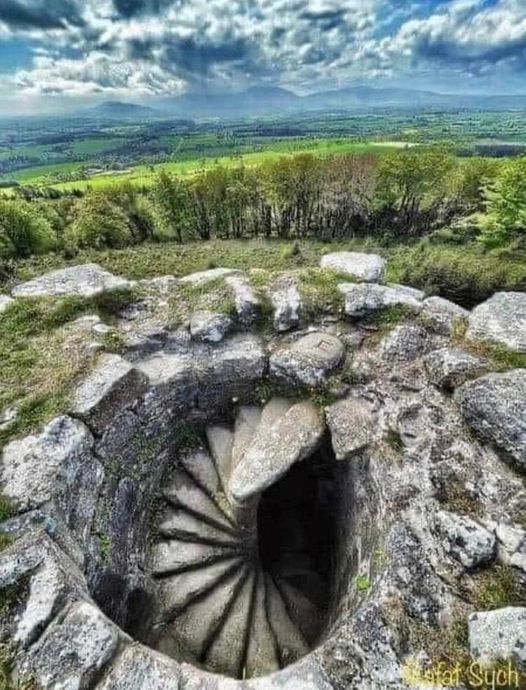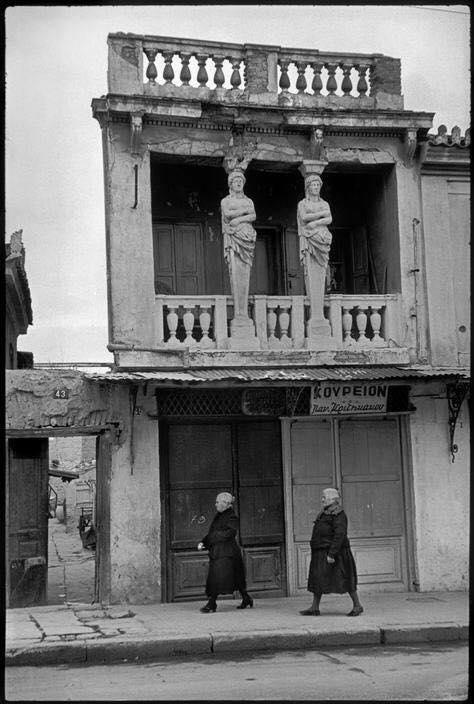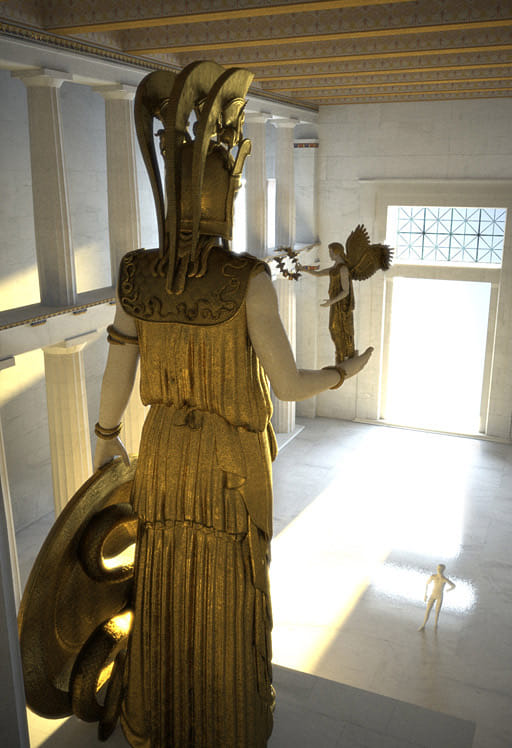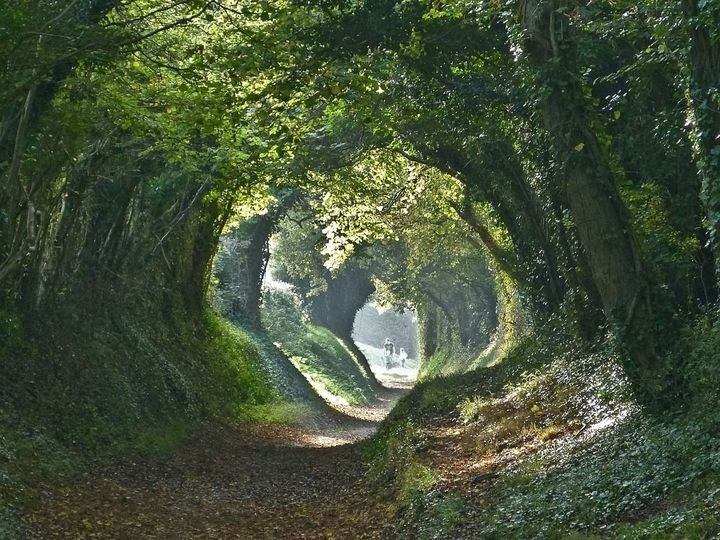In the world of archaeology, every excavation holds the promise of unveiling ancient secrets and shedding light on civilizations long past. However, sometimes these discoveries present unexpected challenges that leave researchers grappling with unanswered questions. Such is the case with a recent excavation that has brought to light an enigmatic dilemma—an unearthed skull accompanied by unexplained damage from an antique weapon. In this blog post, we delve into this archaeological mystery, exploring the perplexing findings and the implications they hold for our understanding of the past.
The Unearthed Skull: An Intriguing Discovery
The excavation site, nestled in the heart of a remote archaeological site, initially yielded routine artifacts and remains dating back centuries. However, the atmosphere shifted dramatically when researchers unearthed a human skull bearing signs of trauma consistent with an ancient weapon. The skull's discovery sent shockwaves through the archaeological community, prompting speculation about its origin, the circumstances surrounding its demise, and its significance within the broader context of the site's history.
Unexplained Antique Weapon Damage: A Puzzling Revelation
As researchers continued to meticulously examine the unearthed remains, they made a perplexing observation—anomalous damage inflicted by an antique weapon, distinct from typical archaeological findings. The precise nature of this damage raised more questions than answers, challenging preconceived notions about the site's past inhabitants, their interactions, and the potential conflicts that unfolded within the ancient landscape. The unexplained weapon damage added a layer of complexity to the excavation, forcing archaeologists to reconsider their interpretations and delve deeper into the site's history.
Halting Excavations: Contemplating Next Steps
Faced with the perplexing discovery of the damaged skull and its implications, archaeologists made the difficult decision to halt excavations temporarily. The pause in fieldwork allowed researchers to reassess their approach, consult with experts in forensic anthropology and ancient weaponry, and formulate hypotheses to explain the unusual findings. While the decision to pause excavations was met with disappointment, it was deemed necessary to ensure that subsequent research was conducted with the utmost care and precision, preserving the integrity of the archaeological record.
Conclusion:
The enigmatic discovery of the damaged skull alongside unexplained antique weapon damage has presented archaeologists with a profound dilemma—one that underscores the complexities inherent in unraveling the mysteries of the past. As researchers continue to grapple with the implications of these findings, they remain steadfast in their commitment to uncovering the truth behind this archaeological enigma. Through meticulous analysis, collaboration with experts, and a steadfast dedication to the pursuit of knowledge, archaeologists strive to shed light on the secrets concealed within the layers of time, enriching our understanding of human history and the civilizations that have come before us.
Archeology and the Pursuit of Knowledge:
The field of archaeology plays a vital role in piecing together the puzzle of human history, offering invaluable insights into the lives, customs, and cultures of ancient civilizations. Through careful excavation, analysis, and interpretation of artifacts and remains, archaeologists unlock the secrets of the past, illuminating the pathways that have shaped our world. The discovery of the damaged skull and unexplained weapon damage serves as a poignant reminder of the challenges inherent in archaeological research, highlighting the need for meticulous attention to detail, interdisciplinary collaboration, and an unwavering commitment to the pursuit of knowledge. As archaeologists continue to unravel the mysteries of the past, they contribute to a deeper understanding of humanity's shared heritage, enriching our collective appreciation for the diversity and complexity of the human experience.










